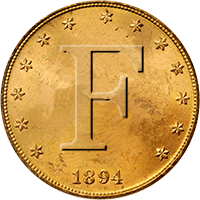I was puzzled about the remarks on Canadian coin metal composition, so looked it up and here is what I found. A chart appears on Wikipedia if you go looking there, by year, and metal content but this is of interest.
All Canadian coins (including five-cent coins) were struck in England at the Royal Mint (no mint mark) and the Birmingham Mint (H mint mark) until 1908, when the Ottawa branch of the Royal Mint opened. With the exception of some 1968 dimes struck at the Philadelphia Mint, all Canadian coins since 1908 have been minted in Canada.
Due to a rise in the price of silver, Canadian coinage was debased from sterling silver (925 fine) to 800 fine in 1920. In 1922, silver was removed entirely from the five-cent coin, replacing it with a coin of roughly the same dimensions and mass as the American nickel. However, unlike the American coin, which was 75% copper and 25% nickel, the Canadian coin was pure nickel, as Canada was the world's largest producer of the metal. This coin has since been known almost universally as the nickel.
The five-cent coin of Newfoundland, on the other hand, remained silver until the end of the Newfoundland coinage in 1947.
The nickel's composition has changed several times, most notably during World War II and the Korean War when nickel was redirected to the war effort. In 1942 and 1943, the coins were minted in tombac, a copper-zinc alloy; in 1944 and 1945, and again from 1951 to 1954, coins were made of steel which was plated twice, first with nickel and then chromium. The plating was applied before the blanks were struck, so the edges of these coins are dull or even rusted. The composition was returned to pure nickel after both wars. More recently, in 1981, the same copper-nickel alloy used in the American coin was adopted in the Canadian coin, with the ironic result that the nickel then contained less nickel than any other circulating Canadian coin except the cent. In 2000, along with all other circulating Canadian coins, the composition was changed again to nickel-plated steel; this plating does cover the coin's edge.
Starting in 1942, the nickel was made dodecagonal, presumably to help distinguish the dark-coloured tombac coins from the cent. Tombac was removed from the nickel in 1944, but the coins remained twelve-sided until 1962.




